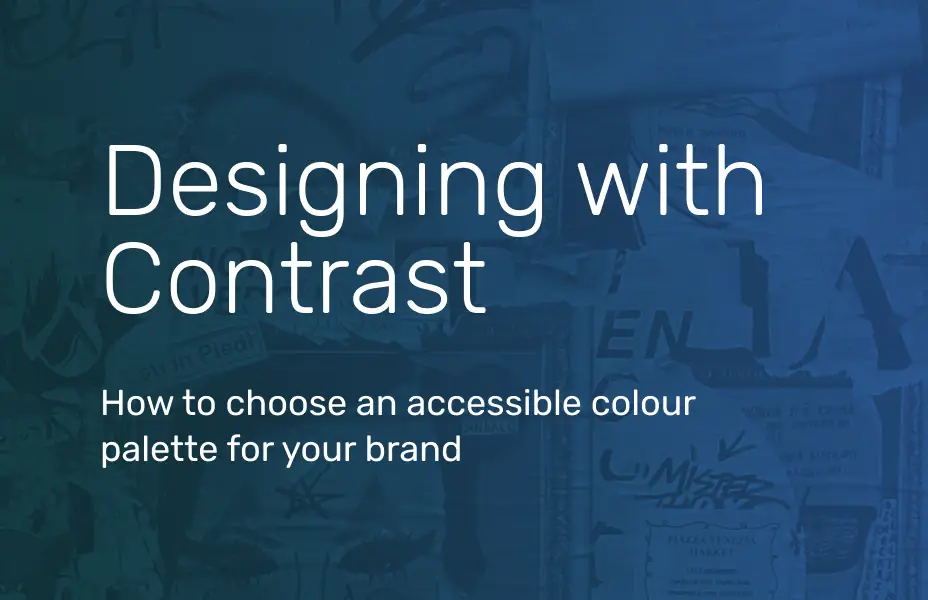Working remotely with design tools
/designtoolsblog-min.jpg?sfvrsn=19f370bc_1)
The past year has been an enormous challenge for agencies to adapt existing processes virtually overnight to accommodate remote working for teams. Quickly adopting cloud based design tools, reliance on video conferencing and tweaking processes has been essential for agencies to transform our ways of working and engaging with clients.
This article outlines some of the design tools that we have carefully selected to help our teams adjust naturally to new working environments. These tools help us mitigate risk, present ideas, iterate and capture client feedback.
Video conferencing
One of the immediate challenges working remotely has been the absence of meeting rooms to accommodate clients, workshop ideas or perform user testing.
Pre-covid, Arekibo had already transitioned to using Microsoft Teams to co-ordinate calls, instant messaging and communicate internally. This is not necessary a design tool however it now an integral part of our everyday interactions and internal comms for both design and development.
Daily stand-ups have become the norm as well as larger weekly video calls. Microsoft Teams is an important for screen shares to demo designs and prototypes.
User experience design
Meeting room white boards have now been replaced with digital tools that can be used in a similar fashion. There are a multitude of different design tools available (Mural, Visio, draw.io etc ) however we have found Miro meets our needs.
Miro
Miro is an online whiteboarding collaboration tool that we have adopted in the last year. This tool has been an excellent resource for creating sitemaps, user flows, compiling ideas and requirements. The UX team has successfully run UX remote shops through video conferencing, using Miro to drive and structure meetings and collect insights and observations. This allowed us to meet clients remotely and ensure everyone is aligned during research and planning phase.
Read about how to run successful workshops remotely.
Some examples of remote workshops include:
- Design sprints
- Mapping workshops
- Information architecture collaboration
Optimal workshop
Optimal workshop is a usability testing tool. In the absence of face to face user testing sessions, this tool offers a wide range of user testing services. Optimal workshop is a valuable tool to conduct user testing sessions to validate information architecture, conduct card sorting workshops and gain valuable insights for our clients without the need to meet face to face.
This tool also provides a service to recruit real participants for scheduled user testing prototypes or information architecture taxonomies.
Visual design
Figma
Prior to the pandemic, the team had already moved from Sketch to Figma as our primary visual design tool. This turned out to me an enormous advantage for the team. Figma is a cloud based design tool and is specifically designed for designer collaboration.
Cloud based tools ensure that teams can access files from anywhere and includes a version history for backups. Throughout the past year we have utilised Figma’s features to communicate design ideas, work together on projects simultaneously but also share and obtain feedback from clients on branding, visual design and user interface elements.
Multiple designers can jump into projects easily, inspect designs together and collaborate on artboards. This is an essential tool for creating high fidelity prototypes, managing design systems and working with typography and images. Figma also provides an extremely useful commenting tool that allows clients to offer feedback on designs and assign tasks to the team.
Challenges and learning
Clients and teams have become accustomed to this new remote design culture quickly however this has not been without its challenges.
Adopting new tools
Adopting new tools is never easy. This is always going to be challenging when there are already established tools that designers are comfortable with. Embracing new tools can be intimidating and frustrating at first but can have big benefits in the long run. There is often cross overs with design tools with a small learning curve.
Facilitation skills
Facilitating workshops through video conferencing tools can be challenging to ensure participants are engaged and focused. Ample preparation time and practice is key to ensuring meetings run smoothly. Preparing a standardised approach to workshops can help to ensure that teams run in a familiar and consistent way.
Demo your tools
Preparation has always been key to running effective remote workshops. Spending 10 mins to introducing the tool that is being used and format of workshop is important to ensure everyone is on the same page. Creating a simple collaborative demo can ensure that participants are comfortable with tools, can navigate artboards or understand how to contribute.
Useful references
- Running remote UX workshops
- Tools for remote UX workshops
- Running successful workshops remotely
- When remote workshops fail
Are you planning a website redevelopment? Get in touch to discuss your options.
/hurting-ai-feelings.webp?sfvrsn=ea50dc79_1)
/why-ai-seo-matters.webp?sfvrsn=b70a9daf_2)
